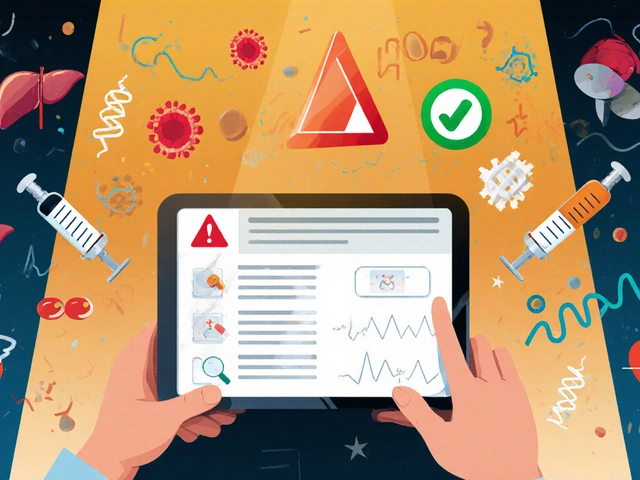Understanding TZDs: A Key to Managing Type 2 Diabetes
If you're dealing with type 2 diabetes, you've probably heard about TZDs—that stands for thiazolidinediones. These meds play a special role by helping your body respond better to insulin, which many folks with type 2 diabetes struggle with. Unlike some drugs that boost insulin production, TZDs make your cells more sensitive to the insulin you already have. That means they help lower blood sugar levels more smoothly and steadily.
The main drugs in this group are pioglitazone and rosiglitazone. They work by activating certain receptors in fat and muscle cells to improve insulin use. The good news? This often leads to better blood sugar control without forcing your pancreas to work overtime. But like any medication, TZDs come with their own considerations.
Benefits and Things to Keep in Mind
One nice thing about TZDs is that they usually don't cause low blood sugar unless combined with other drugs. They also may help with some fat distribution and inflammation issues related to diabetes. However, they can make you retain some water, so swelling or weight gain might happen. That's why doctors watch out for heart or liver problems before prescribing these meds.
If you're considering TZDs, it's smart to chat with your healthcare provider about your full health picture. They can help decide if these meds fit your needs and monitor for side effects. Also, lifestyle habits like diet and exercise still play a big role in managing diabetes alongside any medication. Understanding how TZDs work helps you be more confident in your treatment plan and overall health journey.
Staying Safe While Managing Diabetes
Keep in mind that TZDs aren't a one-size-fits-all answer. They’re a helpful tool, but you need regular checkups to ensure they’re working well for you without causing problems. Learn about your medications, ask questions, and keep track of any changes in how you feel. Being proactive with your treatment and lifestyle gives you the best chance to keep your blood sugar in a healthy range without surprises.
In the end, knowing your options helps you team up with your doctor to find the best way to manage diabetes. TZDs are one option worth understanding if you want to improve insulin sensitivity and take control of your health.





